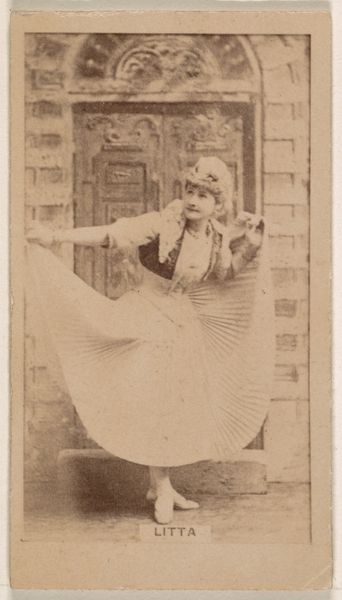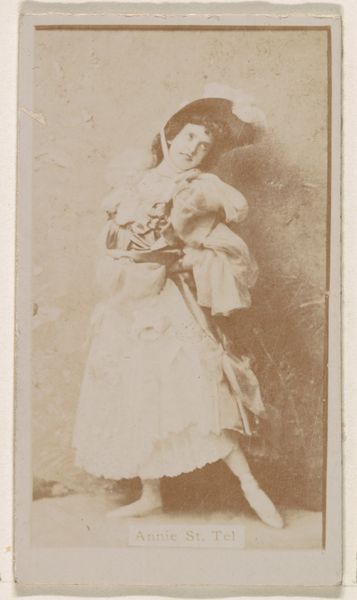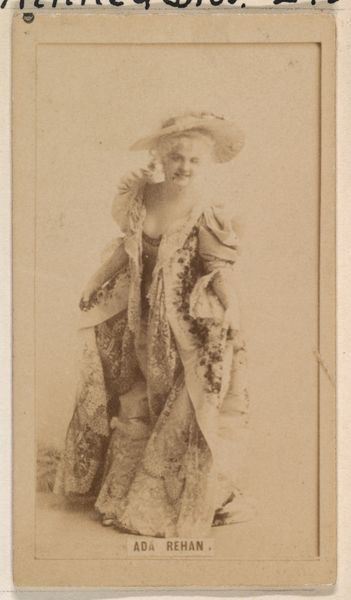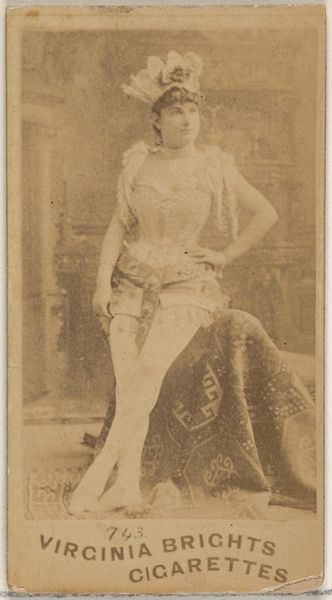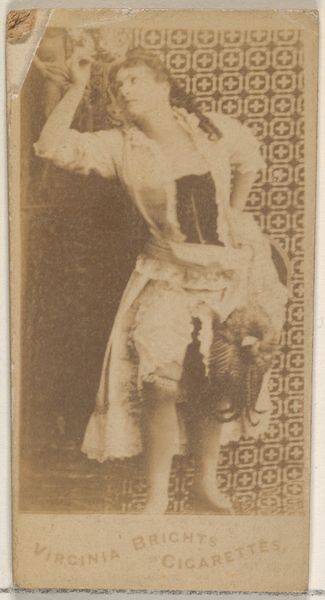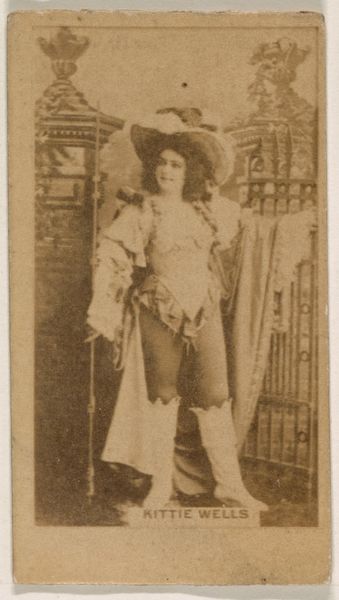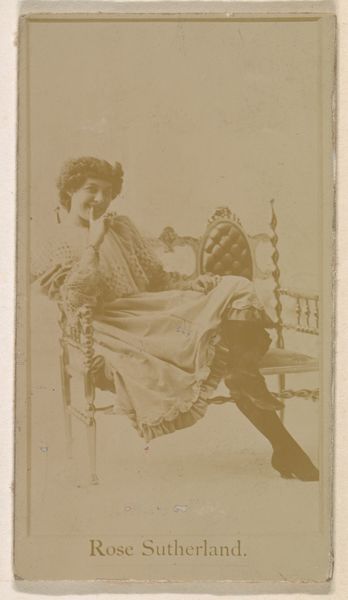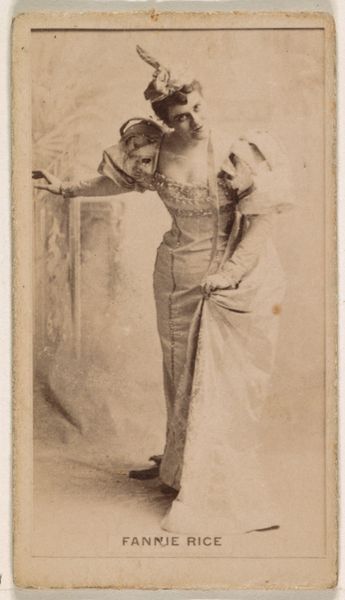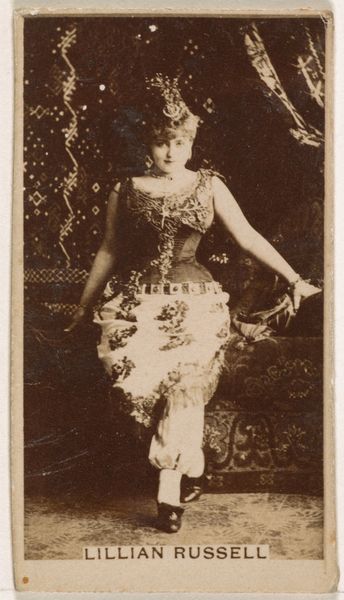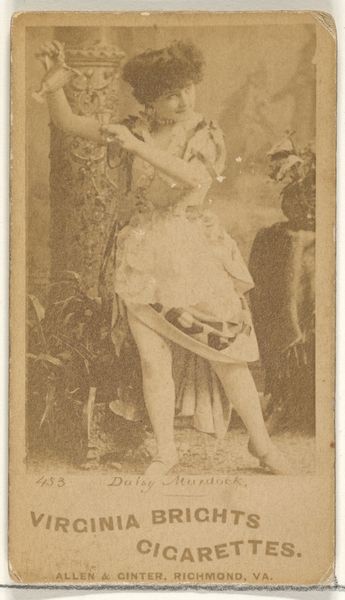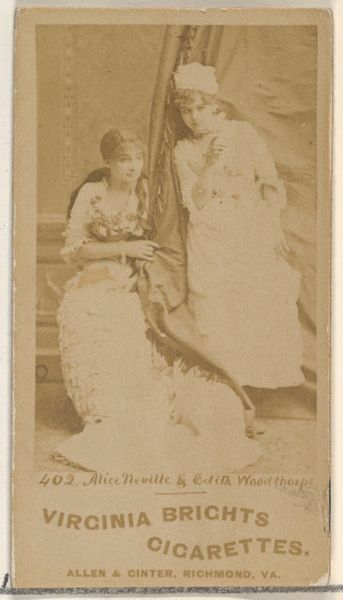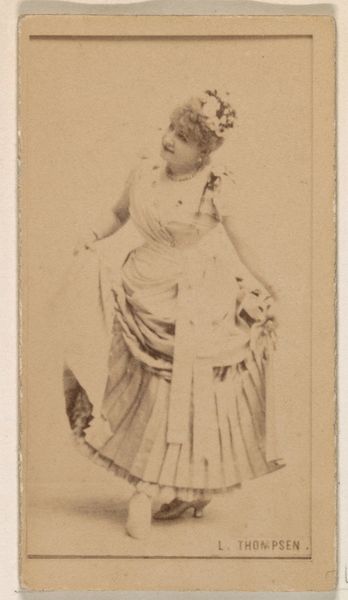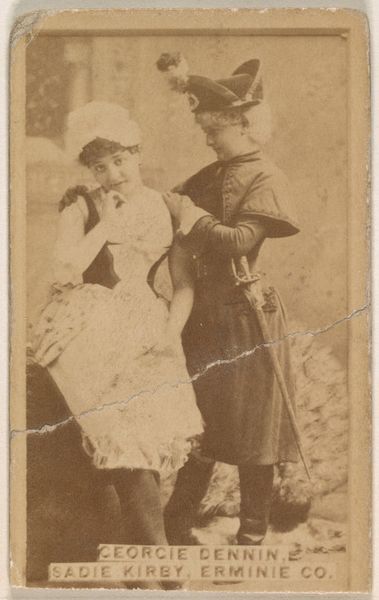
print, photography
#
16_19th-century
# print
#
landscape
#
street-photography
#
photography
#
historical photography
#
19th century
#
cityscape
#
street
Dimensions: height 167 mm, width 214 mm
Copyright: Rijks Museum: Open Domain
Curator: Before us is a photograph titled “Straatgezicht op Calle de Ferran te Barcelona,” attributed to J.E. Ping and dated before 1899. What are your initial impressions? Editor: My eye is immediately drawn to the people; so many individuals frozen in time. The composition is really quite remarkable because of how much humanity is packed in while maintaining this clean vanishing perspective. Curator: Indeed. Look at the repetitive patterns created by the awnings of the shops lining the street. What's fascinating to me is that while presented as a photograph documenting life in Barcelona, this would have been very purposefully produced with many of those in the frame working or being paid as photographic models. How the economics of labor impact image creation. Editor: And in its dissemination, this image would shape perception and experience of place. The grand storefronts with "Gran Sastreria," a tailor's shop, broadcast this rising merchantile and urban class of 19th century Spain. Photography was a transformative technology because it served as an apparatus to capture the look and feel of everyday life while creating markets to support the apparatus' existence. Curator: The print itself, likely an albumen print, speaks to the technological advancements that enabled the mass production of these images. Consider the chemical processes involved, the paper production. How far did Ping's influence extend? To what extent was he employing local labor at this site of capture? The context matters so much when it comes to the material product we have before us. Editor: Absolutely. It’s easy to romanticize street photography, but as you point out, there's the mechanics of industry behind its creation. Look how Calle de Ferran is now memorialized. Tourism booms through imagery. It has shaped a narrative that continues to feed expectations and shape the urban landscape and development there today. Curator: Looking closely, you begin to unpack a great deal about societal development. I see how the print’s physicality informs my understanding of that era's labor, manufacturing and photographic distribution. Editor: And understanding the historical arc and political economies can provide deeper consideration as the image remains iconic as a signifier of not only a street in Barcelona, but an entire century of change and expectation.
Comments
No comments
Be the first to comment and join the conversation on the ultimate creative platform.
